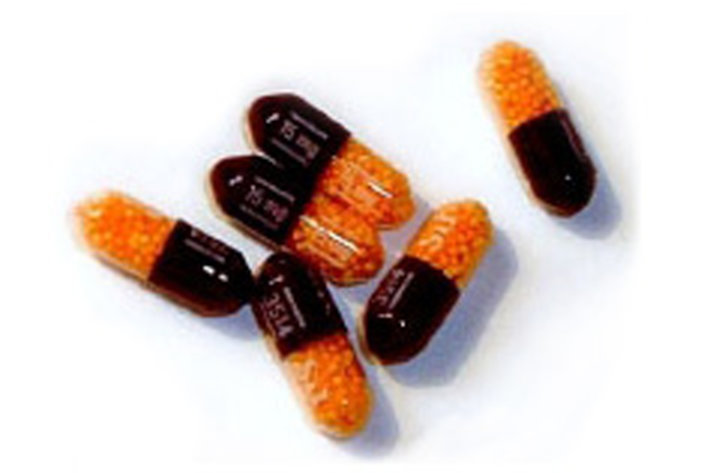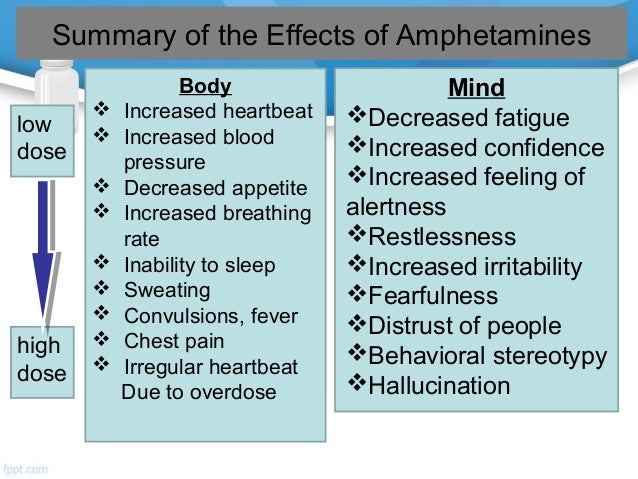


Amphetamine Withdrawal and Detoxĭifferent amphetamines can have varying withdrawal timelines. Amphetamines were involved in 5% of overdose deaths in 2017, while methamphetamine was involved in 13.3%. Signs of overdose include:īetween 20, the death rate from psychostimulant overdoses increased by a factor of five. Overdose from amphetamines can be deadly, as it may cause a heart attack, stroke or heart arrhythmia. Problems keeping up with responsibilities.Avoiding friends, family and loved ones.Signs of substance abuse can become apparent when a person begins to struggle with amphetamines. As such, paraphernalia linked to amphetamines can include syringes or pipes. Most amphetamines are taken orally or injected, with the exception of the rock form of methamphetamine (crystal meth), which is often smoked. Over time, chronic amphetamine abuse can lead to psychosis. Exhaustion after the drug begins to wear off, or a “crash”.Side Effects of AmphetaminesĪmphetamines have side effects that are similar to other stimulants. Because dopamine is the brain’s major reward chemical and plays a role in addiction, experts think that methamphetamines may have more addictive potential than amphetamines. However, methamphetamine is much more potent than amphetamine and causes five times as much dopamine to be released.įurther, dopamine from methamphetamines goes away more slowly than dopamine from amphetamines.

Both drugs achieve their medical effects - and their abuse potential - by increasing dopamine in the brain. Desoxyn, Meth, Ice, Crank, Speed (Methamphetamine)Īlthough amphetamines and methamphetamines are chemically related, they affect the brain differently.Dexedrine, ProCentra, Zenzedi (Dextroamphetamine).Adderall (Amphetamine/Dextroamphetamine).Adzenys, Dyanavel, Evekeo (Amphetamine).MDEA, Eve (3,4-Methylenedioxy-N-ethylamphetamine).MDMA, Ecstasy, XTC (3,4-Methylenedioxymethamphetamine).MDA, Love Drug (3,4-Methylenedioxyamphetamine).DOET, DOE, Hecate (2,5-Dimethoxy-4-ethylamphetamine).Some amphetamines and their derivatives include: Schedule I Amphetamines Amphetamines may be misused in an attempt to improve concentration or memory, lose weight, stay awake or enhance the high of other drugs. Whether it’s a legal Schedule II controlled substance or illicit Schedule I drug, all amphetamines have a high risk of abuse, addiction and dependence. It is believed that methamphetamine may end up being one of the most common causes of overdose deaths in 2020. Illicit amphetamines, including black-market methamphetamine, are also problematic in New Jersey. 89,780 dexmethylphenidate (Focalin) prescriptions.194,451 methylphenidate (Concerta, Daytrana, Ritalin) prescriptions.249,735 lisdexamfetamine (Vyvanse) prescriptions.774,893 amphetamine (Adzenys, Dyanavel, Evekeo) prescriptions.As of 2019, 14.7 stimulant prescriptions were written for every 100 New Jersey residents - more than 1.3 million prescriptions overall. Prescription stimulants like amphetamines are common in New Jersey. In New Jersey, amphetamines as a whole were responsible for 149 hospital visits in 2017. Further, experts think that up to 25% of adults who are prescribed stimulants like amphetamines misuse them. That’s almost one million people, and the number has been increasing. population had a methamphetamine use disorder. As of 2017, however, about 0.4% of the U.S. Some amphetamines are Schedule II controlled substances prescribed for valid medical conditions, while others are illicit Schedule I drugs with no valid medical use.Ĭommon street names for amphetamines are:īecause amphetamines include both legal and illicit drugs, it is difficult to pinpoint addiction rates. Amphetamines are a class of stimulant drugs.


 0 kommentar(er)
0 kommentar(er)
